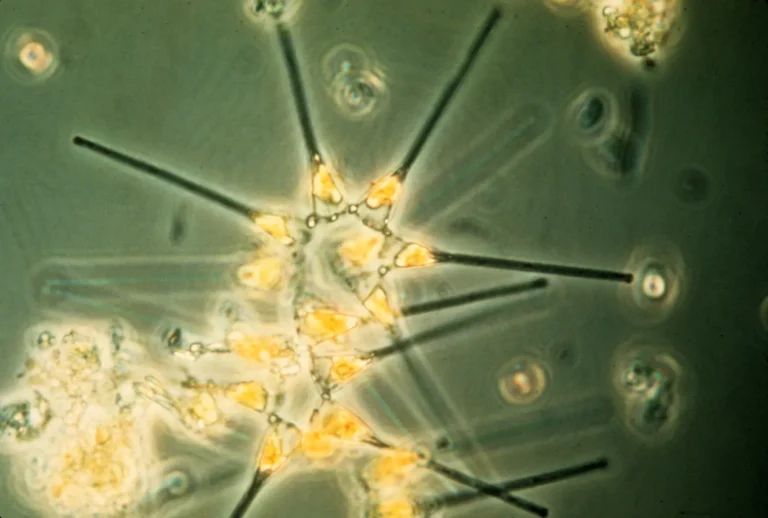Thermal Energy: Definition and Transfer Mechanism Explained
Thermal energy is energy that is transferred from one molecule to another through conduction, convection and radiation; and can be measured in terms of temperature and phase-change. This article discusses thermal energy definition and transfer mechanisms, as follows;
-Thermal Energy Definition: 5 Ways to Define Thermal Energy
-How Thermal Energy is Transferred: Working Principle of Thermal Energy
Thermal Energy Definition: 5 Ways to Define Thermal Energy
Thermal energy is a form of energy that is transmitted through molecular collisions, and can be observed in the form of temperature changes in a given medium [3].
The above is a basic definition of thermal energy, and outlines its most essential attributes. Further understanding of the concept can be derived based on the uses of thermal energy, some of which are mentioned in the alternative thermal energy definition below;
Thermal energy is a form of energy that can cause an increase in temperature of a medium, and can be used tor any of various purposes like space heating and cooling, water heating, cooking, food processing, electricity generation and manufacturing.

The next thermal energy definition lists some sources of thermal energy;
Thermal energy is transferable molecular heat that can be derived from any of various sources including the Sun, atomic nuclei, Earth's interior, friction, chemical reactions and electromagnetic fields.
Among the above-listed, the Sun is the primary source of thermal energy to our ecosystem, which occurs in the form of solar heat, and is circulated through various transfer mechanisms from one medium or body to another.
The thermal energy definition below highlights types of thermal energy transfer;
Thermal energy is a form of energy that causes notable temperature changes and molecular collisions in materials, and which can be transferred from one material to another by conduction, convection or radiation [2].
Lastly, the thermal energy definition is given based on examples of thermal energy transfer, as follows;
Thermal energy is heat that can be transferred from one material to another, and which can be assessed through examples of its occurrence in solar heating, geothermal energy in fluids, space heating, ocean heat circulation, and steam generation.
How Thermal Energy is Transferred: Working Principle of Thermal Energy
Thermal energy is transferred by the vibrations and collisions of molecules in materials.
The vibrations result from energy absorption and excitation of atomic particles, and collisions lead to the transmission of such absorbed energy from one atom to another. These processes transcend to the molecular level, and affect the entire mass of the body(s) involved in thermal energy transfer.
The three ways thermal energy is transferred are conduction, convection and radiation.
Conduction is a thermal energy transfer mechanism that requires direct contact between materials or bodies, and may involve solids or liquids.
Convection mainly involves fluids like gases and liquids; and occurs by the continuous rising and descending of fluid masses due to differences in temperature and density, resulting in a cyclic loop of thermal energy transfer [1].
Radiation is a mechanism of thermal energy transfer which does not require any material medium, but involves the transmission of heat in electromagnetic form through a vacuum.
The three main steps that describe how thermal energy is transferred are; energy release, atomic excitation, and atomic collisions.
1). Energy Release (in explanation of How Thermal Energy is Transferred)
In order for thermal energy to be transferred, it must first be released from a source.
Thermal energy can come from both renewable and non-renewable energy resources, like the Sun, biomass, geothermal fluids, and fossil fuels.
It may be released either spontaneously; as in solar radiation, or through processes like combustion.

2). Atomic Excitation
Atomic excitation is the second main step in the working principle of thermal energy.
It occurs when released heat comes in contact with a material, and causes the atoms of the material to gain energy.
Atomic excitation leads to vibration of atoms along their axial planes, and can cause displacement that is observed in the form of phase changes like melting and vaporization.
3). Atomic Collisions (in explanation of How Thermal Energy is Transferred)
Collisions between excited and non-excited atoms lead to the transfer of thermal energy across a medium.
These collisions may occur within a single body, or between two bodies in contact.
Based on the effectiveness of thermal atomic collisions and transfer, materials can be categorized into various groups that include superconductors, conductors, semiconductors and insulators.
Conclusion
Thermal energy is a form of energy that is measured in terms of temperature changes, and can be transferred through conduction, convection and radiation.
Thermal energy is transferred by a three-step process comprising of;
1. Energy Release
2. Atomic Excitation
3. Atomic Collisions
References
1). Michałek, T.; Kowalewski, T.; Sarler, B. (2005). "Natural convection for anomalous density variation of water: Numerical benchmark." Progress in Computational Fluid Dynamics An International Journal 5(3/4/5):158 - 170. Available at: https://doi.org/10.1504/PCFD.2005.006751. (Accessed 8 February 2023).
2). Nanda, M. K. (2018). "Energy Heat Transfer." Project: e-PGPathshala in the subject- Environmental Sciences, paper-Atmospheric Processes, under MHRD, Govt. of India. Available at: https://www.researchgate.net/publication/325115895_Energy_Heat_Transfer. (Accessed 8 February 2023).
3). Plass, W. R.; Cooks, R. G. (2003). "A model for energy transfer in inelastic molecular collisions applicable at steady state or non-steady state and for an arbitrary distribution of collision energies." J Am Soc Mass Spectrom. 2003 Dec;14(12):1348-59. Available at: https://doi.org/10.1016/j.jasms.2003.08.012. (Accessed 8 February 2023).





